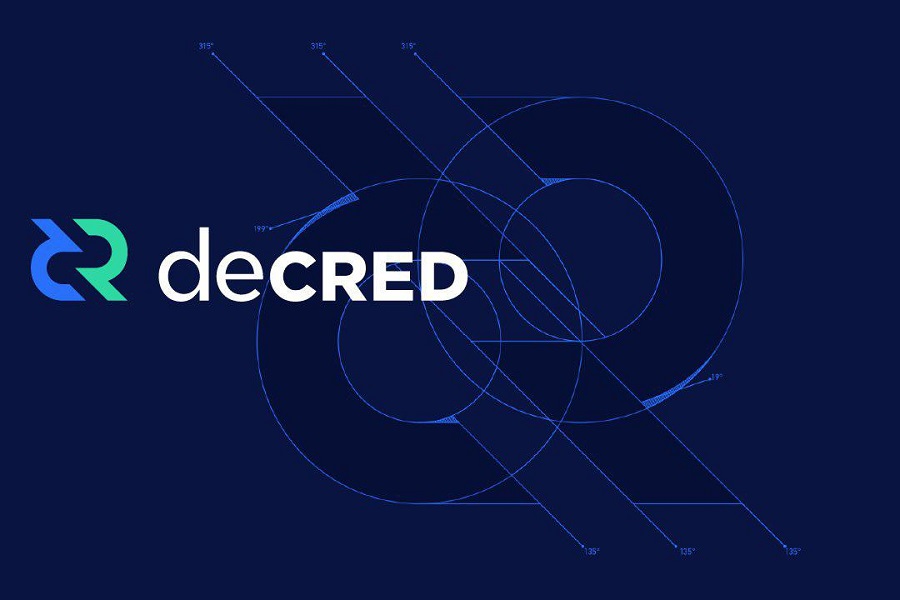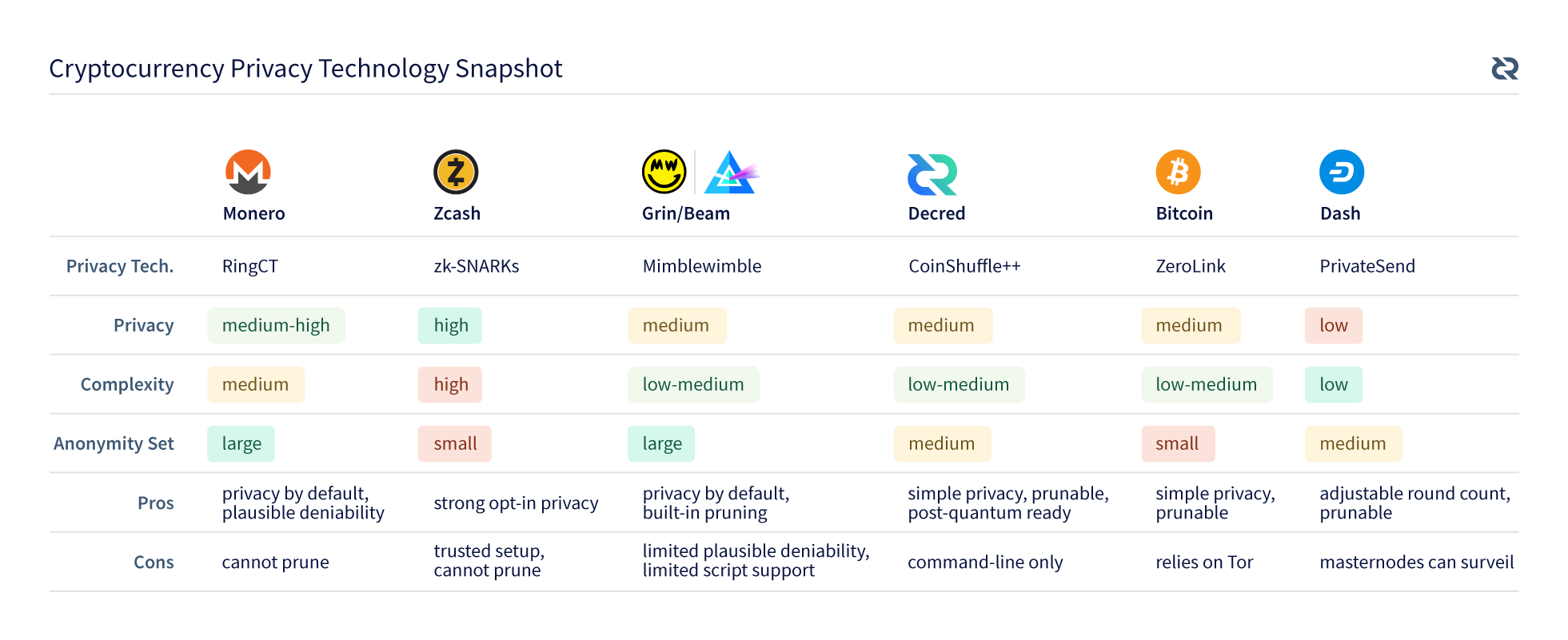How Decred Aims to Build a Decentralized Governance Model
September 25, 2019 by Amin Rafiee
One of the most important aspects of a decentralized network is governance. This is the method by which decisions are made, funds are raised or allocated, and operations are expanded. You can view this feature as the community hall where people can voice their opinions regarding issues that directly impact their ecosystem. Governance plays an important role, as currently voices are limited in a great deal of decentralized projects.
Also read: Bitcoin Price Sitting Still at $10K – What Could Make It Move?
Subscribe to the Bitsonline YouTube channel for great videos featuring industry insiders & experts
Who Makes the Decisions?
In Bitcoin for example, miners and those funding the development path have a strong voice that can overshadow the community. As such, they will naturally favor options that resonate with their best interests. Jacob Yocom-Piatt, project lead for Decred, said:
“Many people may not know that despite the technological decentralization Bitcoin has brought the world, there are serious and growing issues of centralization that rule decisions made about the present and future of the project. The Bitcoin software is controlled by a small group of people who decide exclusively what can and cannot be changed. This is in part due to a lack of mechanisms and pathways for funding development work directly from the community, and as a result Bitcoin development is funded by external entities that create conflicts of interest between the developers and the representative power of the community that uses Bitcoin. We want to change that.”
In other systems, such as Dash, “masternodes” were introduced as a way of giving voice to those have skin in the game (stakeholders). The masternode method allows people who hold a certain number of coins to vote on proposed ideas and changes, though it is still up to the developers whether a proposal is implemented or not. This automated budgeting system executed by masternode operators created a Decentralized Autonomous Organization (DAO) capable of self-funding the project and its operations–minimizing external influence.
While this is an interesting method of removing the need to rely on external investors — who may favor financial gain over methodology and integrity — it does put into question the limitations of such an approach. For example, to own a masternode you need to obtain 1,000 DASH (roughly around $82K USD at the time of writing). You also need to have the technical knowledge to configure a VPS or seek assistance from a third party. Consequently, a certain level of exclusivity and limitation is imposed on the community — something which already occurs within our globally connected societies. So then, how do we reach an equilibrium?
Decentralized Governance
As far as governance goes, there are many examples of projects attempting to find a balancing point between the community, the miners and the investors. Decred is an example of how a project can reach an equilibrium when dealing with decentralized governance. As Jonathan Zeppettini, the International Ops Lead for Decred, commented in a personal conversation:
“Decred’s main innovation is enabling coin holders to have a way of resolving conflicts in a cryptographically provable way. So every trivial dispute doesn’t need to result in divorce and chain splits. What we’ve found is that when people have a chance to express themselves they don’t feel cheated even if things don’t go their way. This stakeholder governance combined with sustainable funding and the enhanced security of multifactor consensus make Decred an ideal store of value.”
Decred (DCR) works on a 60:30:10 split when dealing with block rewards. 60 percent of the block reward goes to the miners (Proof-of-Work), 30 percent to the stakeholders (Proof-of-Stake) and 10 percent to the project subsidy fund. This harmony allows the project to remove the need for outside investors, give power to the stakeholders and let the community who have their skin in the game decide on what features and proposals they want to implement via an internal system named Politeia — live since October 16, 2018:
“Politeia (Pi) is a censorship-resistant blockchain-anchored public proposal system, which empowers users to submit their own projects for self-funding from DCR’s block subsidy. Pi ensures the ecosystem remains sustainable and thrives.”
What Have We Seen So Far?
At its birth 1.68M DCR were pre-mined — 8 percent of the total 21 million coin supply. 50 percent (840,000 DCR) was airdropped and the other half was reserved by the founders to compensate their original investment towards the project as well as the cost of the developers (see this document). Perhaps this project will come to set the precedent on how things should be done — that a decentralized technology should be exactly that; decentralized. Any other path would limit and destroy the very purpose of such technologies.
Graph provided by dcrdata
As for the network, the hashrate as been growing at an impressive rate. From May 10th of 2018 until September 9th of 2019, the hashrate increased close to 250 fold. The introduction of ASIC miners which were introduced in June of 2019 must be accounted for, though regardless this growth demonstrates an increase in both interest and network strength.
The Future of Decred: What Can We Expect?
The February edition of the Decred Journal outlined some exciting news for those following its progress. Close to $500K (USD) for marketing and event budget was approved by voters to be used throughout this year, all remarkably funded without any external investors.
Furthermore, the Lightning Network was approved and implemented in May, 2019. One of the most exciting parts of these announcements was news of a proposal submitted by the founder of Decred to build a Decentralized Exchange (DEX). The Journal states:
“Binance is launching its DEX based on Cosmos’ Tendermint protocol and DPoS. The listing fee will “probably be close to $100,000” to “reduce the number of spam or scam projects”. In contrast, Decred’s DEX design has no listing fees and doesn’t require an extra blockchain for its operation.”
Overall, this project has been paving the way for others to learn how a decentralized project can respect the original principles of cryptocurrencies, such as transparency, accountability and accessibility. As for privacy, the Decred team recently introduced a simple yet effective method based on the CoinShuffle++ protocol. This protocol enables both the stakeholders and regular users the ability to enjoy the optional added protection of anonymity.
Source: Decred blog
There are also plans to give the stakeholders the ability to vote on introducing further protection which can hide the amounts being transferred:
“The implementation of CT (bulletproofs) to hide transaction amounts requires changes to consensus rules. As such Decred stakeholders will vote on a proposal to determine the future, no contentious hard forks required.”
8/10 The implementation of CT (bulletproofs) to hide transaction amounts requires changes to consensus rules. As such, #decred stakeholders will vote on a proposal to determine the future, no contentious hard forks required.
— Decred (@decredproject) August 28, 2019
One can expect this project to follow its metamorphosis, shaped by the best available options, selected by its community. This alone means that Decred can move in any direction. Just like nature, such a quality is needed for progression, adaption and more importantly, for evolution itself.
The views in this article are those of the author, who is not affiliated with the Decred project.
Do you agree with the opinions here? Share this article on social media to discuss why or why not.
Images via Unsplash.com








